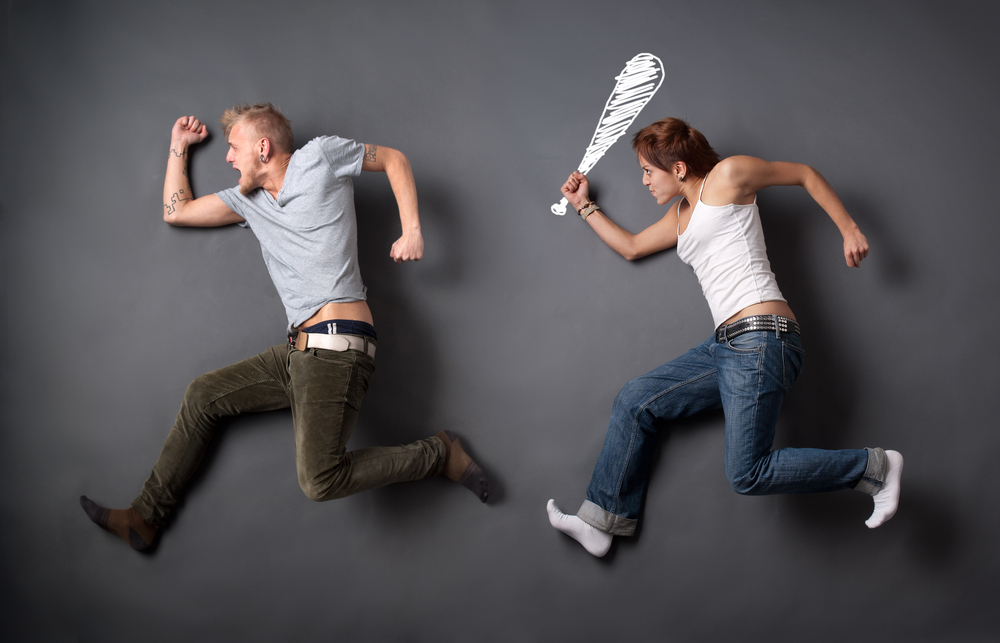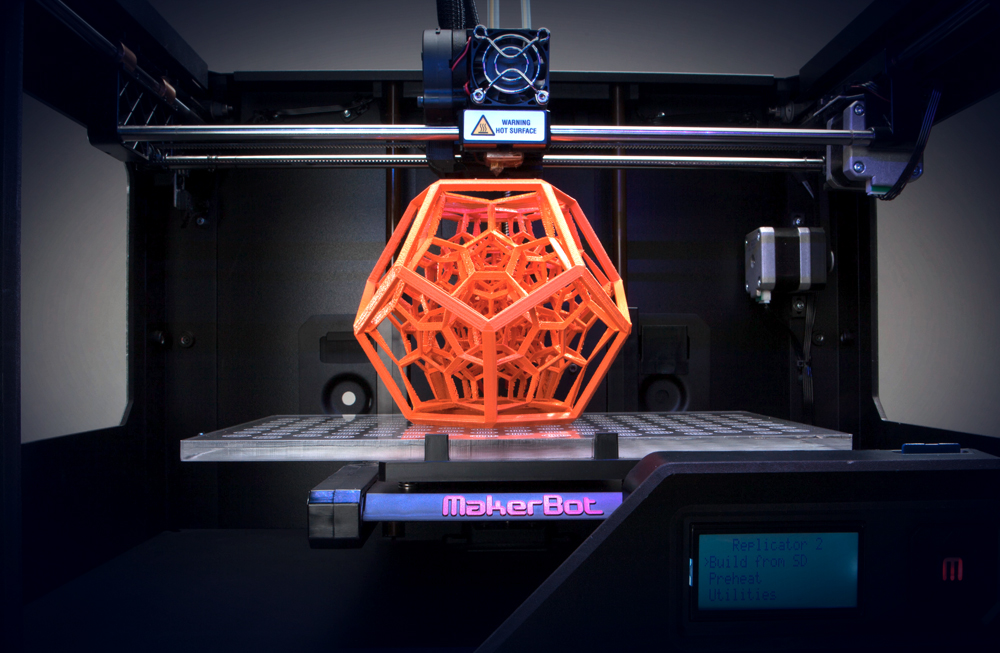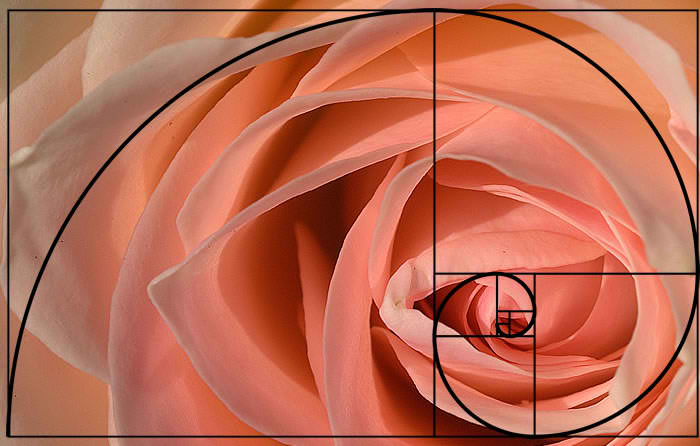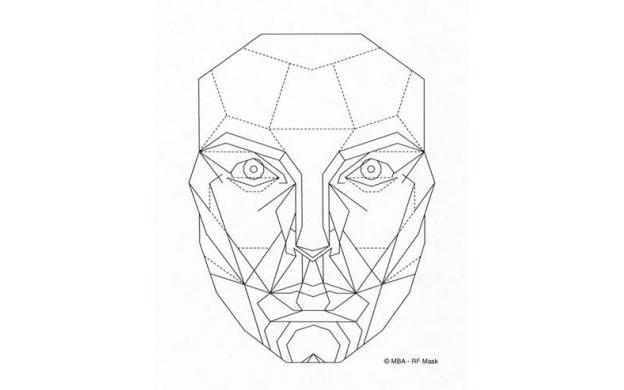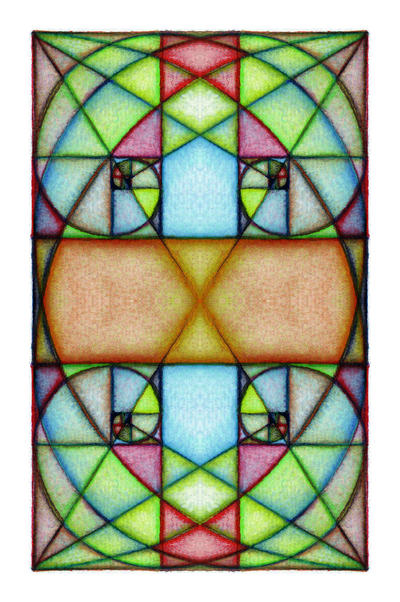Hi! My name is Gary Chang and I am a senior Computer Science student. I decided on my major back in my early high school years and have wanted to pursue it ever since. With both of my parents in the Computer Science field as well, it seemed like a natural decision for me. Even now, most of my friends are in the Computer Science field as well. It just seems so hard to get away from yet I love it so much and want to pursue a career in it.
To me, the school is not just split into two cultures. While there is an apparent divide in the North and South campus, this divide is not just a physical one that separates the two. Due to my history, I rarely interact with other cultures and am in a sense, sheltered. I have not had much opportunity to pursue a study of the arts and have rather only been within the culture of science and it has, for a while, led me to believe, like C.P Snow in his "The Two Cultures and the Scientific Revolution", that people believe their own culture is superior, which leads to a more ingrained study.
 |
| Two conflicting ideas, a divide between which idea is superior |
Kevin Kelly, however, believes technology as a form of a "third culture", one that I am quiet familiar with as it is an offspring of science. From this, I believe, like John Brockman in the Third Culture, that technology is an offspring of science and art, which bridges the culture gap.
 |
| Technology designed with an artistic aspect to provide visual appeal and user experience |
From this technology bridge, society has benefited from the improved technologies that resulted from the collaboration of science and art in motion films, cell phones, video games, etc.
 |
| Technology being used to create art |
While personally I prefer the science aspect of technology, I understand that art is necessary for technology to grow and evolve and would like to create a relationship with the other half.
Works Cited
Brockman, John. The Third Culture. N.p.:n.p., 1995. Print.
Kelly, Kevin. "The Third Culture." Science 279.5353 (1998): 992-93 Web.
Snow, C.P. The Two Cultures and the Scientific Revolution. London:Cambridge UP, 1992. Print.
Vesna, Victoria. "Two Cultures". Youtube. UC Online. 30 March 2012. Web. https://www.youtube.com/watch?v=VNI7dF3DIAM
Wilson, Stephen. Myths and Confusions in Thinking About Art/Science/Technology. 2000. Web.



